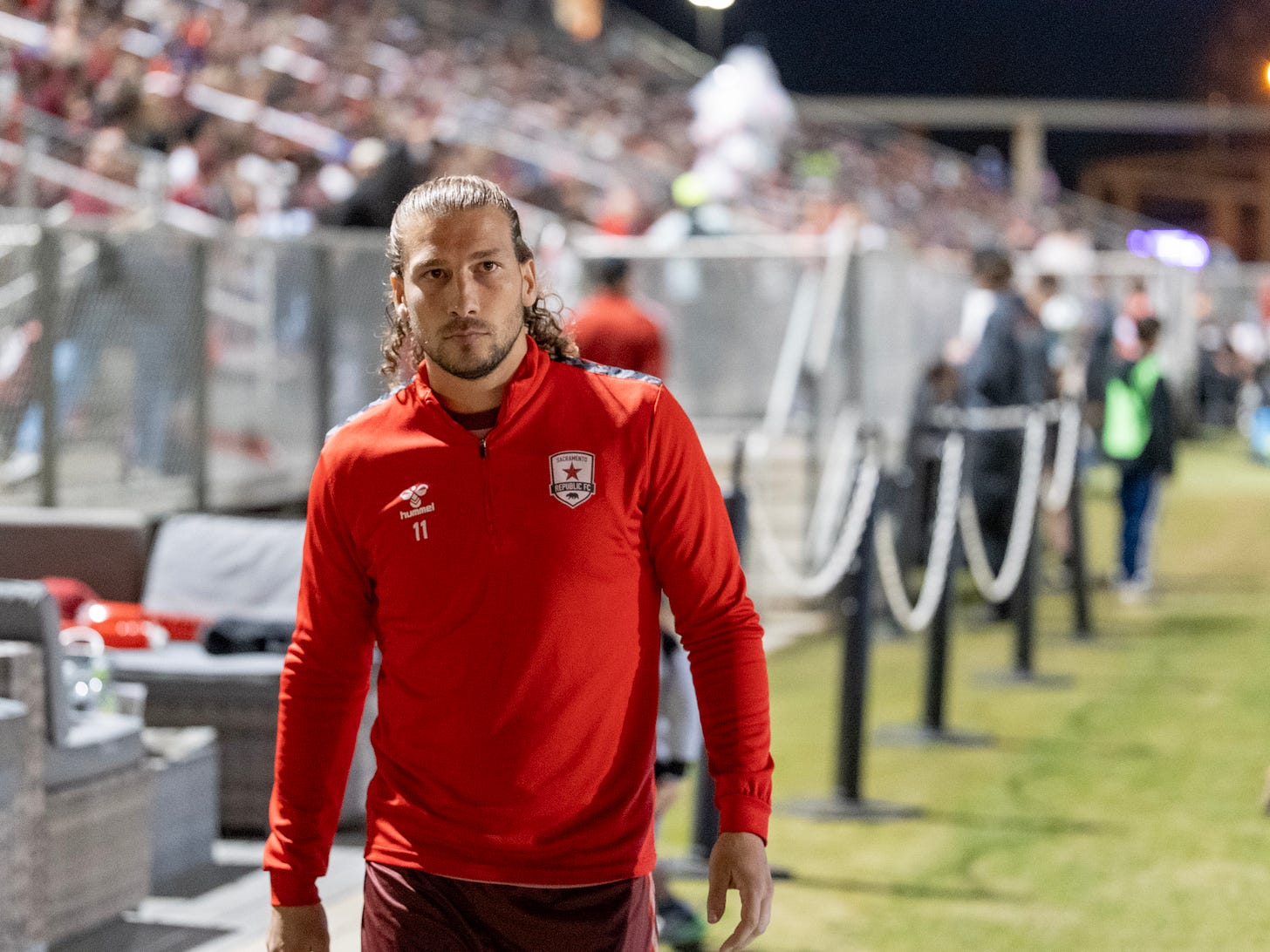The Defensive Identity Holds but the Attack Must Change
The defensive identity is set. The attack must now be rebuilt to match it.
Sacramento enters the offseason with clarity in one area and open questions in another. The defensive identity is established, reliable, and aligned with how Neill Collins wants his teams to play. The attack, however, did not fit the system this season and will need to evolve for the club to take a meaningful step forward in 2026.
This is not a teardown. The team does not need to rediscover who it is.
It needs to finish the transition that began when Collins arrived.
The Defensive Foundation Is Set
The defensive unit should remain intact. The Quails defended at a level that allows it to compete with the best teams in the league. The understanding between Danny Vitiello, Lee Desmond, and Jared Timmer is clear, and their consistency anchored the team through the season. Freddy Kleeman’s growth added depth and reliability, while both Jack Gurr and Michel Benítez provided a balance of forward mobility and controlled recovery that suits Collins’ structured defensive shape.
This back line already plays the way the manager wants to play. The defensive structure is not the issue. It is the foundation the rest of the roster should be built from.
There is no need to replace leaders. There is no need to re-evaluate roles.
This is the part of the roster that works.
The Midfield Needs a Controlling Presence
The midfield does not need to be rebuilt, but it does need a new anchor. With Rodrigo López retiring, the club lost its central organizer — the player who understood when to speed the match up and when to settle it. That role cannot simply be absorbed by committee.
Nick Ross still offers value as a stabilizer, especially in managing tempo late in matches. Blake Willey took meaningful strides forward this season, improving his ball progression, defensive work rate, and awareness between lines. He should continue to develop through consistent minutes, not rotation resets.
What Sacramento needs is a midfielder who can receive the ball under pressure and turn forward decisively. Someone who links defense to attack without hesitation. Someone who sets the rhythm of possession while keeping it moving. Not a López replacement — because that era is not being recreated — but a player who understands how to accelerate play without losing control of it.
This signing will determine how effectively the team transitions from defending well to attacking with actual purpose.
The Attack Needs a Reset
The final third is where the identity and the roster no longer aligned. The attacking group often progressed into good positions but did not consistently create danger from those positions. The movement patterns did not connect. The speed of decisions did not match the spaces the buildup created. The attack did not adapt to the demands of a more vertical, decisive, and pressure-oriented system.
To match the defensive and midfield direction, the attack needs to be reshaped around two principles:
Movement before the ball arrives
Pressure led from the front, not reactive behind play
To do that, Sacramento needs a true striker who shapes the attack by stretching defenses and initiating pressure. Someone who forces defenders backward, creates space for midfielders, and makes the entire attacking structure functional. Without that player, possession in the final third remains harmless, and opponents defend comfortably.
The club also needs attacking profiles that make quick reads, move into space early, and play forward on instinct inside structure — not through slow improvisation.
Likely Departures Based on Fit
This conversation is less about talent and more about alignment.
Cristian Parano has the ability to destabilize opponents individually, but the system requires faster decision-making in structured final-third moments. His game thrives in improvisation; the direction now demands repetition and tempo.
Lewis Jamieson showed work rate and direct intent, but the final product did not reach the level necessary to anchor a role in a system where execution matters as much as effort.
Russell Cicerone has been an important attacker across his time in Sacramento. However, at nearly 31, and with his most effective role on the left wing cutting inside, his profile does not align with the vertical demands and pace of the current system. This is a difficult conclusion, but a clear one. If the attack is being reshaped, this is where change begins.
These departures would not be about clearing space, they would be about moving fully into the identity already forming.
Where This Leaves the Club
Sacramento is not starting over — the club already knows what it is. The defensive core should remain untouched; that group is the foundation and identity of the team.
In midfield, the task is not to replace Rodrigo López like-for-like, but to add an experienced connector who can control tempo and move play forward with purpose. Willey has earned continued growth through real minutes, not spot usage, and Ross remains a stabilizing option. What’s missing is the piece that links the back line to the attacking phase without hesitation.
Up front, the attack needs to be reshaped around a true number nine who stretches defenses and provides a central point of reference. The forward line must move in alignment with the system, not independently of it. This is where meaningful change is required.
This is not about swapping names or clearing space. It is about aligning the roster with the identity already in place. The back line reflects that identity now. The midfield needs its connector, and the attack needs its spine.
The next version of this team is already visible. This offseason is where it takes full form.
This is only the start of the roster conversation.
As departures, signings, and extensions are announced, we’ll keep the full picture up to date. Follow the Transfer Tracker to stay on top of every move.




